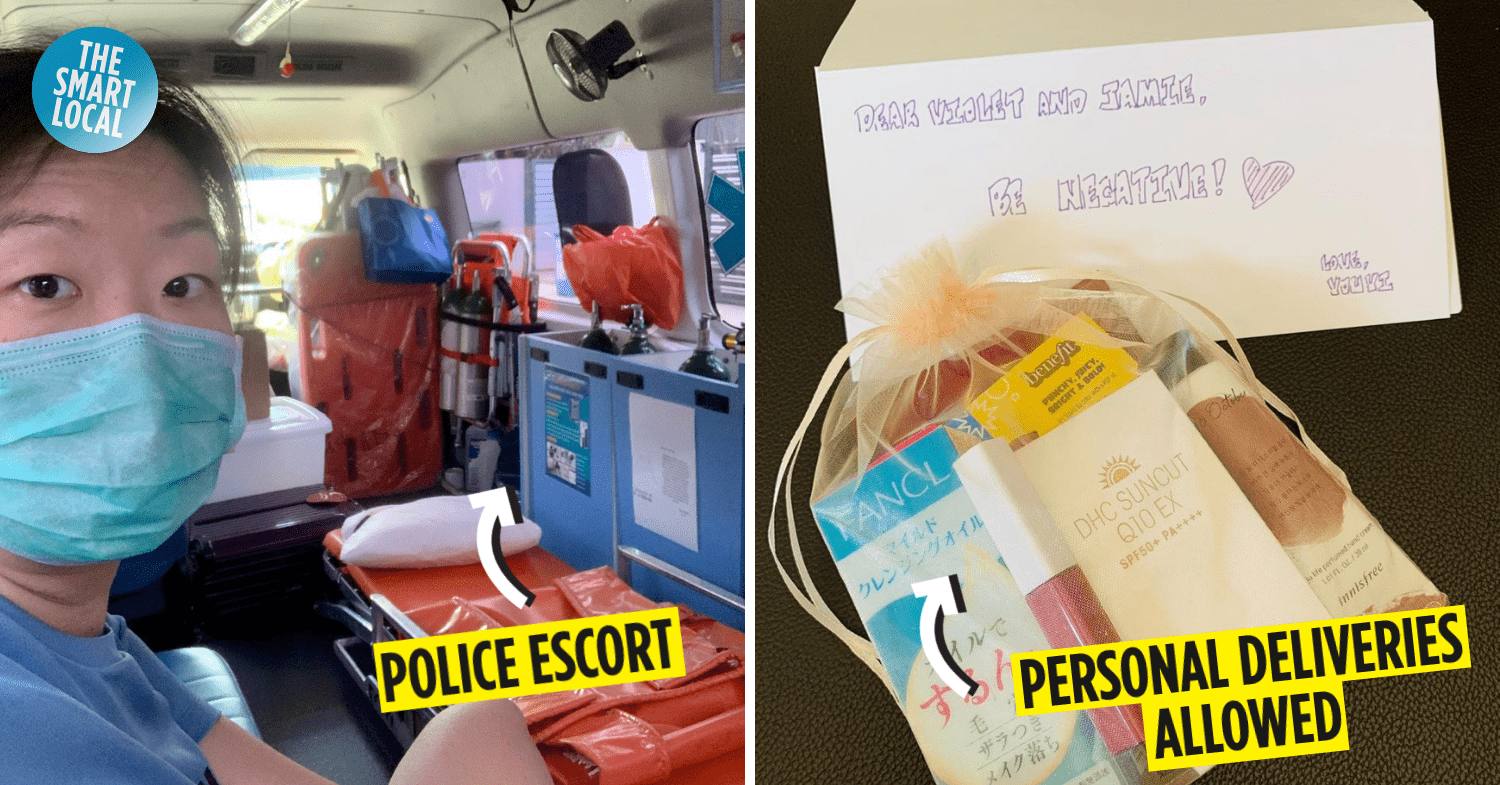COVID-19 in Singapore
With the announcement that Phase 3 is on the horizon, it seems as though life is slowly trudging back to some form of normalcy. But getting complacent about COVID-19 in Singapore is the absolute last thing we should do – we just need to take a look at other countries to know that recurring waves of infection can occur.
One person who knows about the coronavirus all too well is 40-year-old Violet Lim, because she actually lived through it. Sharing her harrowing experience with us, she gave us an inside look at what the entire process was like, and lesser known facts about COVID-19 that most of us probably don’t even know.
1. Fever, cough and sore throat are not the only symptoms
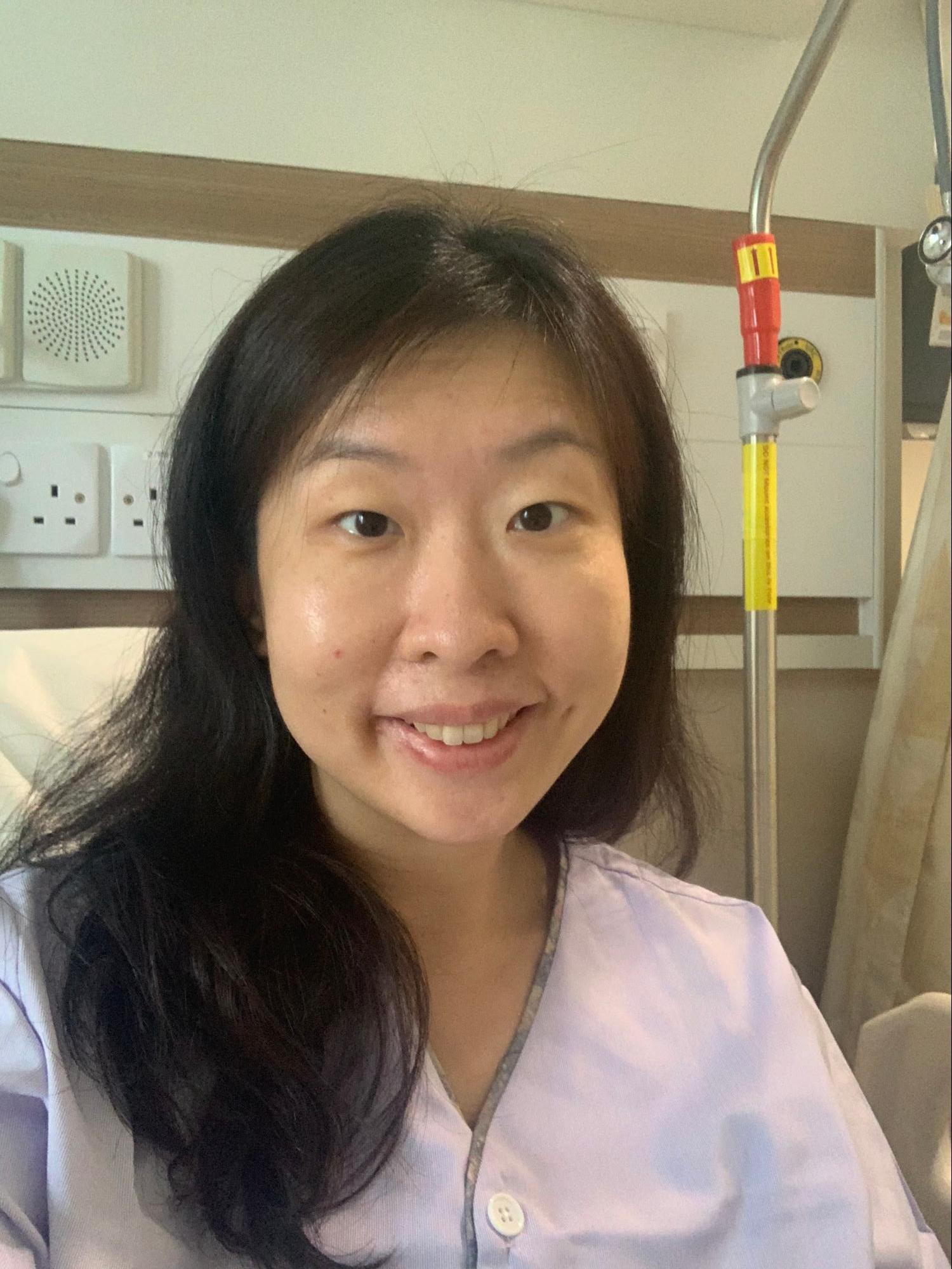 Being warded at NCID
Being warded at NCID
Image credit: Violet Lim
24th March 2020. That was the date Violet started feeling that something was amiss with her health – a whole 10 days after returning from a work trip to New York City with her husband. “There was no Stay-Home Notice yet, but I decided to do a voluntary one to be safe”, she candidly shares with me over our Google Meet interview. It was a good thing she decided to take precautions, as she started experiencing lethargy and breathlessness more than a week later.
“I felt fine and measured my temperature every day to ensure I didn’t have the main symptoms. No fever, sore throat or cough. But one evening, I was using my phone in bed and fell asleep at 6PM which was unusual for me. At about 2AM, I woke up and had a very bad headache and felt discomfort in my chest. Walking a few steps to get water also made me have difficulty breathing. I just popped Panadols and went back to sleep”, Violet recounts.
“I saw my GP the next day and she was also unsure if she should refer me to be swabbed since I had no COVID-19 symptoms. But since I had been overseas, I was referred to the National Centre for Infectious Diseases (NCID) where besides the swab, they also did an electrocardiogram (ECG) and X-ray, both of which were clear.”
Thinking that all was fine, Violet was stunned when she received word the next day that she had tested positive and had to be isolated in NCID indefinitely. “Within an hour of being notified on the phone, I had showered, packed my bag of clothes and told my kids the news. The ambulance driver even arrived in full PPE (Personal Protective Equipment) gear – I felt like I was in a sci-fi movie”.
2. Family members can be isolated together
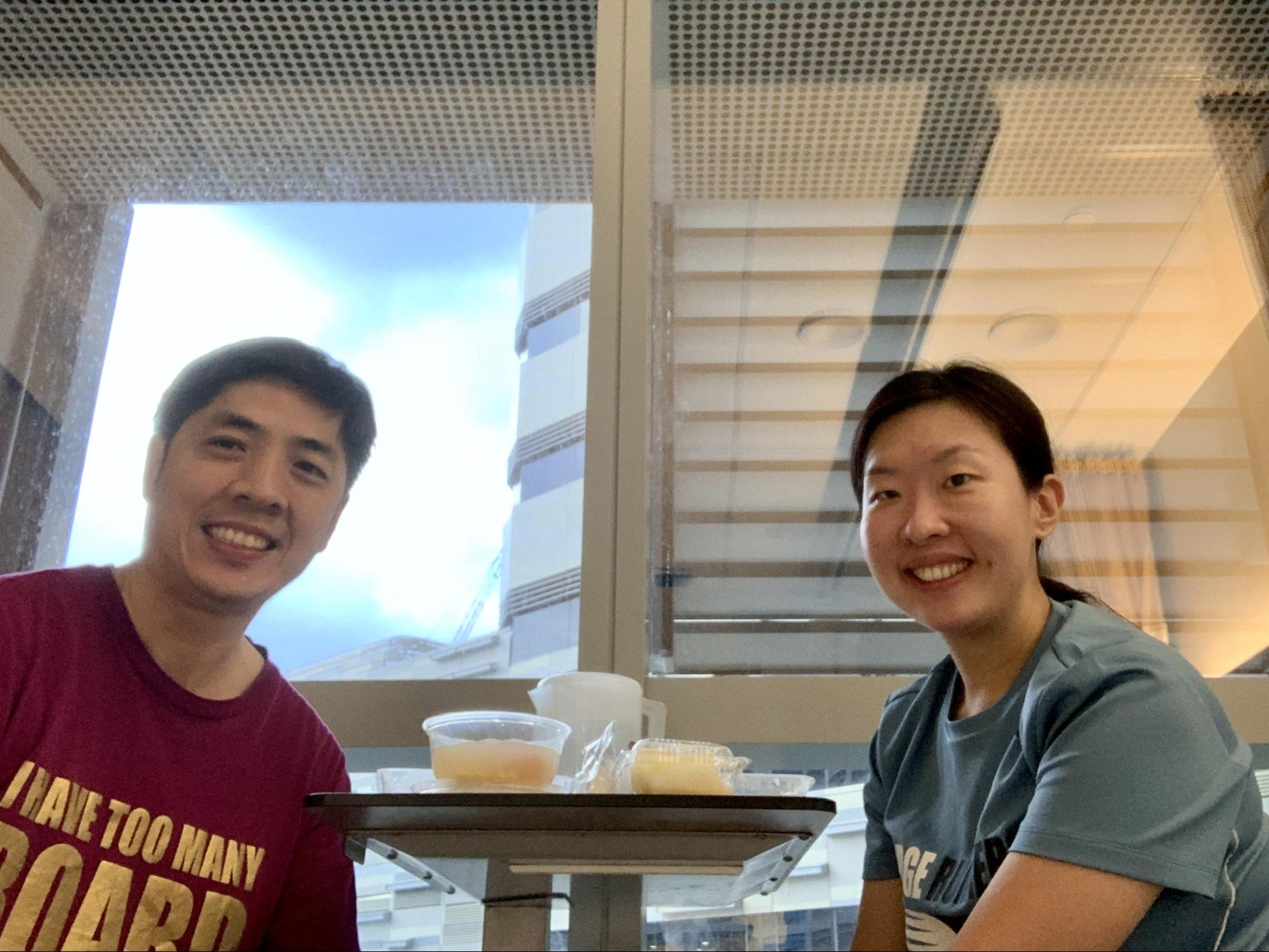 Violet and her husband at NCID
Violet and her husband at NCID
Image credit: Violet Lim
Violet’s worst fears surrounding her family contracting COVID-19 were semi-realised 2 days later. Sighing with relief, she explains, “My husband got swabbed the next day and ended up at NCID a day later, but thankfully my kids tested negative”.
“I was sharing a room with a lady who didn’t speak much English initially. When my husband got warded, he requested to be warded together with me and the staff very nicely allowed it. It was a great chance for us to connect away from the fast pace of society, and it made our stay more comfortable”.
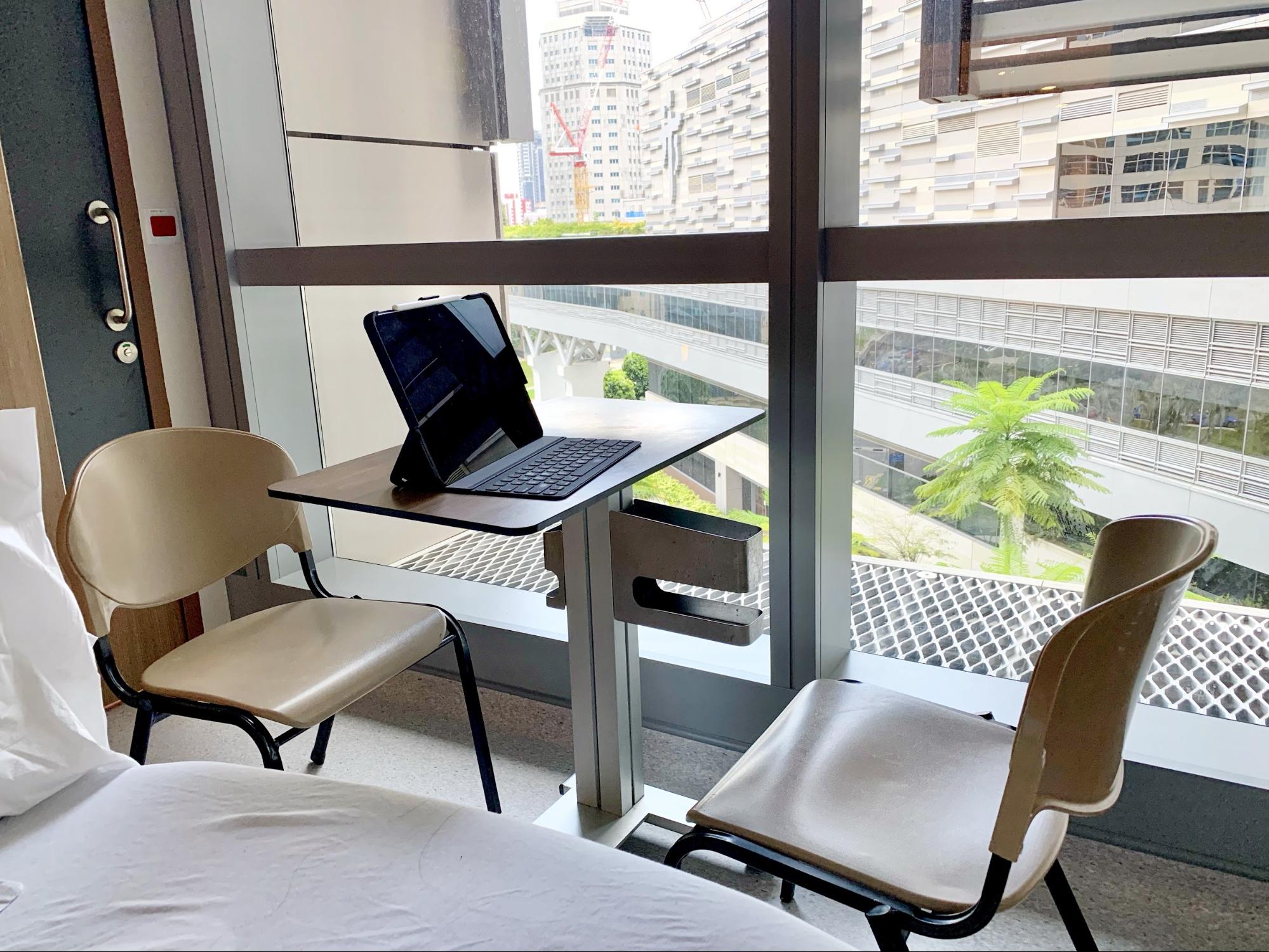 Violet’s makeshift work station at NCID
Violet’s makeshift work station at NCID
Image credit: Violet Lim
In fact, Violet persisted to live life as normally as she could in NCID, by watching Netflix and doing her work. “My doctor was always scolding me. She could see me on my work Zoom calls before entering the room and would nag at me to stop! I would say the challenge of being in NCID is that you can’t get out and get fresh air. I was only there for seven days but it still felt quite depressing over time”.
3. There’s police escort when moving from NCID to community facility
A week into her stay at NCID, Violet and her husband received a sliver of hope. Their symptoms had been deemed mild enough for them to be moved to a community facility instead, so that hospital beds could be freed up for more serious patients.
“When we left NCID, it was such a relief. On the way to the community facility, it was like I was seeing the PIE for the first time! It really made me appreciate the simple sights around me”, she laughs. “We were also escorted. There was a Certis CISCO police car accompanying the van. Maybe they thought we would try to escape or something, but i guess it’s their protocol”.
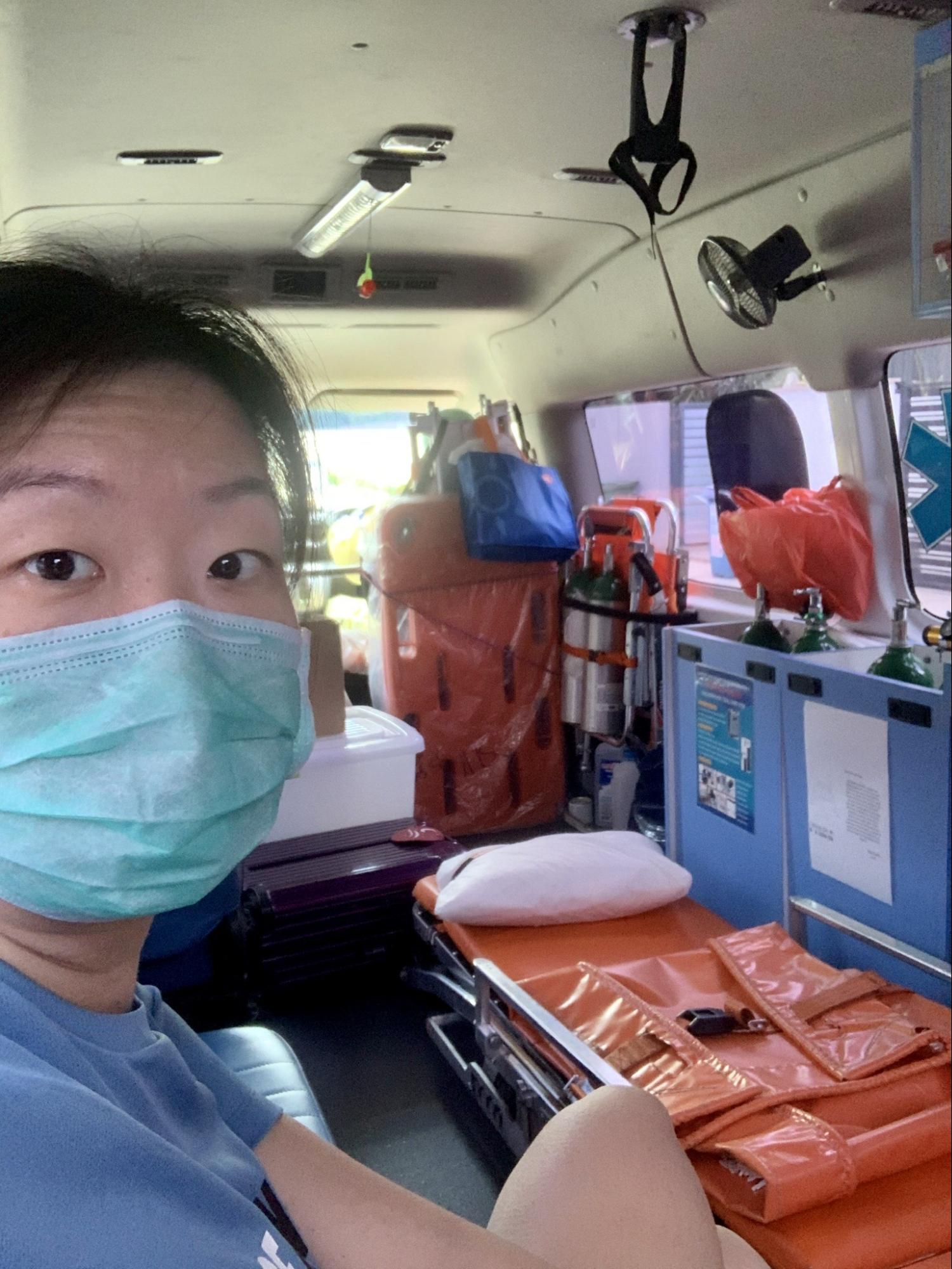 Image credit: Violet Lim
Image credit: Violet Lim
Comparing the differences in conditions, Violet shares, “At NCID, you’re checked three times a day and the doctor visits daily. But at the community facility, we were given an emergency number, and thermometers to measure our temperature daily and report them when MOH called. The volunteers onsite would also deliver food three times a day but the most amazing thing was that we could get fresh air since the room had a balcony. We even started bird-watching to spot grey herons at Pasir Ris Park!”
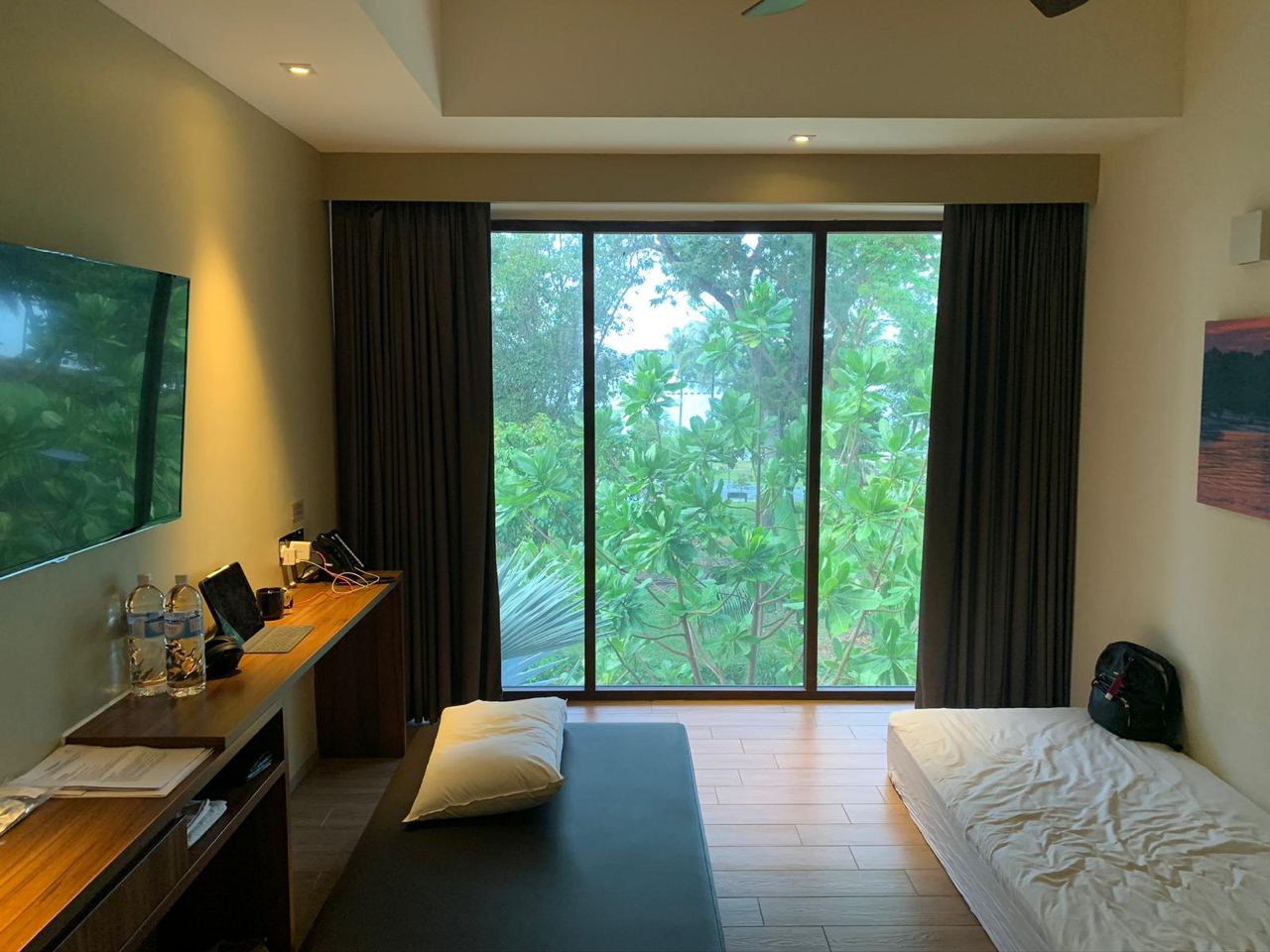 Violet and her husband’s new “home” for recovery – D’Resort @ Downtown East.
Violet and her husband’s new “home” for recovery – D’Resort @ Downtown East.
Image credit: Violet Lim
4. GrabFood & personal deliveries are allowed at community facilities
Besides windows that could open and their newfound hobby, another plus side of moving to a community facility? Food deliveries.
“Your family and friends can send care packages, and you can also order GrabFood, Foodpanda, whatever. There would be three time slots: 10.30AM, 1PM and 7PM where they would deliver anything dropped off at the lobby by that time to your room”.
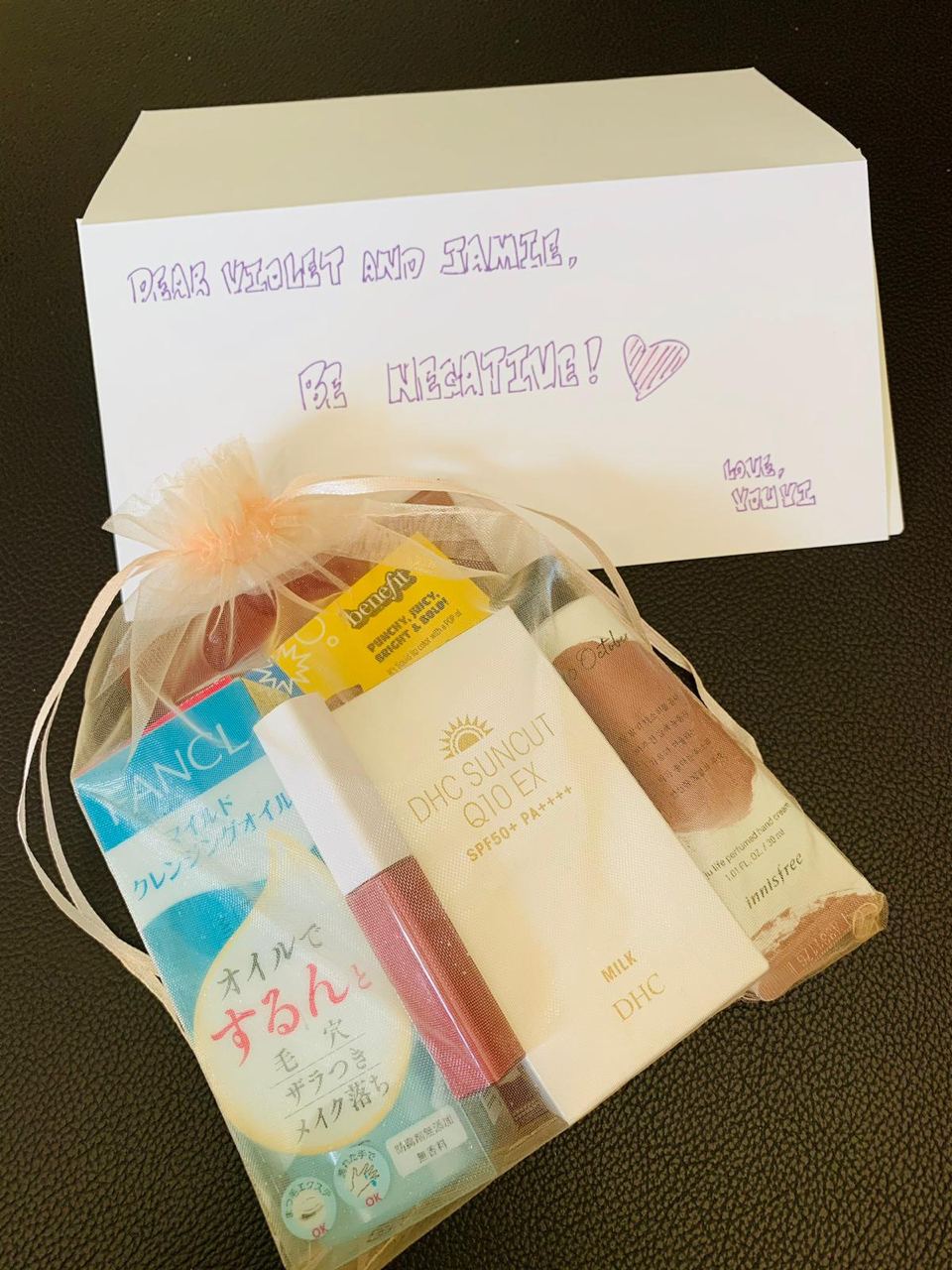 Violet’s unexpected life-saver from a friend: makeup products.
Violet’s unexpected life-saver from a friend: makeup products.
Image credit: Violet Lim
Violet even amusedly recalls one thing she direly needed for a work engagement while in isolation. “I had to do a video interview [for work] and the last thing I thought of packing for NCID was my makeup pouch. So my friend actually sent me an assortment of products for my interview. Some other friends sent tidbits too”.
5. You need two negative results before you can be discharged
“Even though I was tested negative for the first time at the community facility, I needed to get two negatives before I could be discharged”, Violet tells me. “I was finally discharged on Day 13 [of isolation] after testing negative again 24 hours following the first negative result. 13 to 16 days is the average length of stay for most patients”. Unfortunately, her husband was still positive and had to stay on by himself for a few more days.
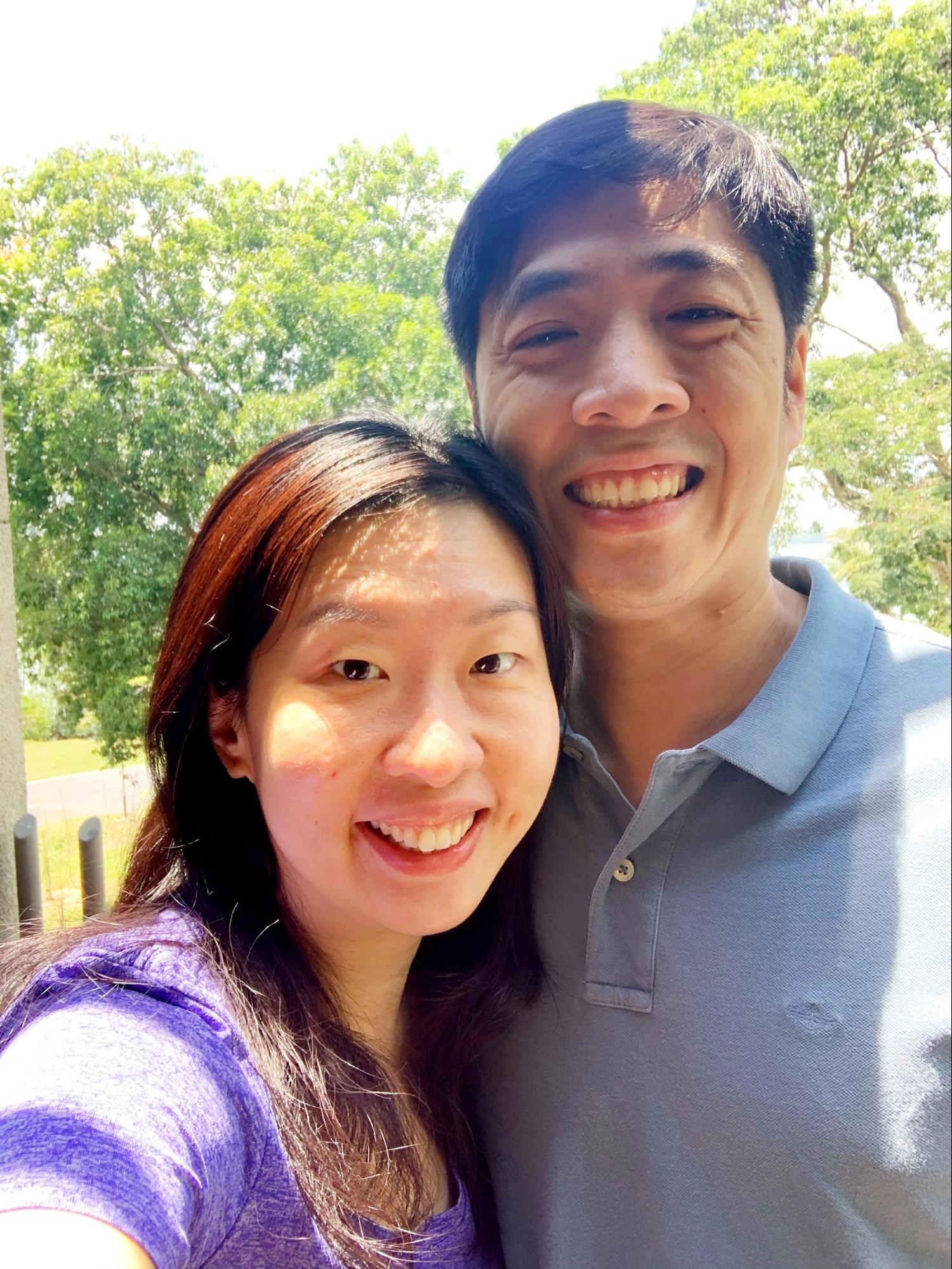 Violet was discharged before her husband, and had to go home to the Circuit Breaker.
Violet was discharged before her husband, and had to go home to the Circuit Breaker.
Image credit: Violet Lim
“They gave me a letter to say I was officially discharged and was certified healthy. They walked me to D’Resort’s entrance and told me I was free. I felt like I was somewhat out of “prison”. But ironically, it was also the first day of Circuit Breaker”.
Getting COVID-19 in Singapore
Even though Violet was seemingly out of the woods, she was greeted with new concerns entering the Circuit Breaker. “As a business owner, the Circuit Breaker was very painful – but necessary. The scary thing was my husband was asymptomatic the whole time, so I’m quite sure that there were other people who didn’t know they had it walking about in public as well”, she explains.
She also recounts how COVID-19 can affect people in different ways, explaining that she was contacted on social media by a fellow survivor in his early 30s who had much more serious symptoms. “He told me that even after he was tested negative and discharged, he still felt after-effects such as breathlessness after walking long distances. It’s easy to think “aiyah, it won’t happen to me”, but it really shows that nobody is safe from this virus and we cannot be complacent”.
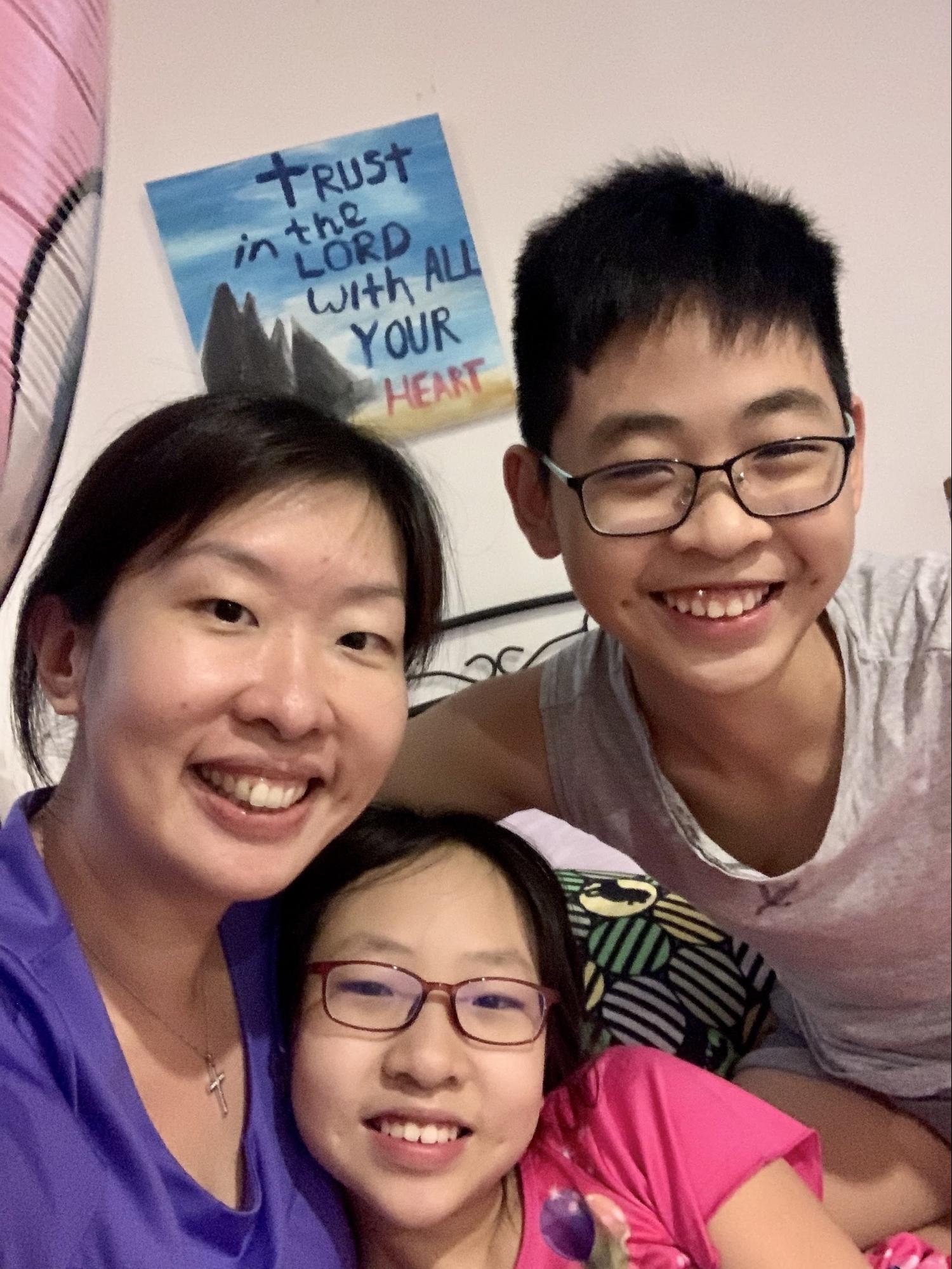 Violet with her two kids
Violet with her two kids
Image credit: Violet Lim
One thing’s for sure: having gone through getting COVID-19 in Singapore, Violet is confident of our healthcare system. “To be honest, I feel very safe in Singapore. NCID and our healthcare workers are amazing. They never made me feel like I was just Case #667”.
“If anything does happen, I’m assured that we’ll have it under control. My biggest concern is for the older community as they’re more vulnerable because the virus affects them very differently. Even though Phase 3 looks to be the new normal soon, things can still go bad exponentially.”
Wrapping up our chat about Violet’s first-hand experience with COVID-19, I felt empathy for the physical and emotional stress she had to go through. But like most things in 2020, it’s better to focus on the glass half full – and Violet agrees. Her response on what advice she has for fellow Singaporeans?
“This year has been quite depressing for everyone, but try to look for the silver lining. Who knew that my husband and I would start bird-watching? I even started reconnecting with friends I lost touch with for maybe even more than 10 years. How I got through this entire process was to really see what was the best lesson I could learn from every situation”.
Although signs of our recovery are positive, speaking to Violet was a stark reminder that the fight against COVID-19 is still far from over. If we continue working together by following safe management measures like strict mask-wearing, adhering to gathering limits and using our TraceTogether Apps or Tokens, 2021 will definitely be a better year.
Find out more about the fight against COVID-19 in Singapore here
This post was brought to you by the Ministry of Health.
Cover image adapted from Violet Lim.
Responses have been edited for grammar and clarity.
